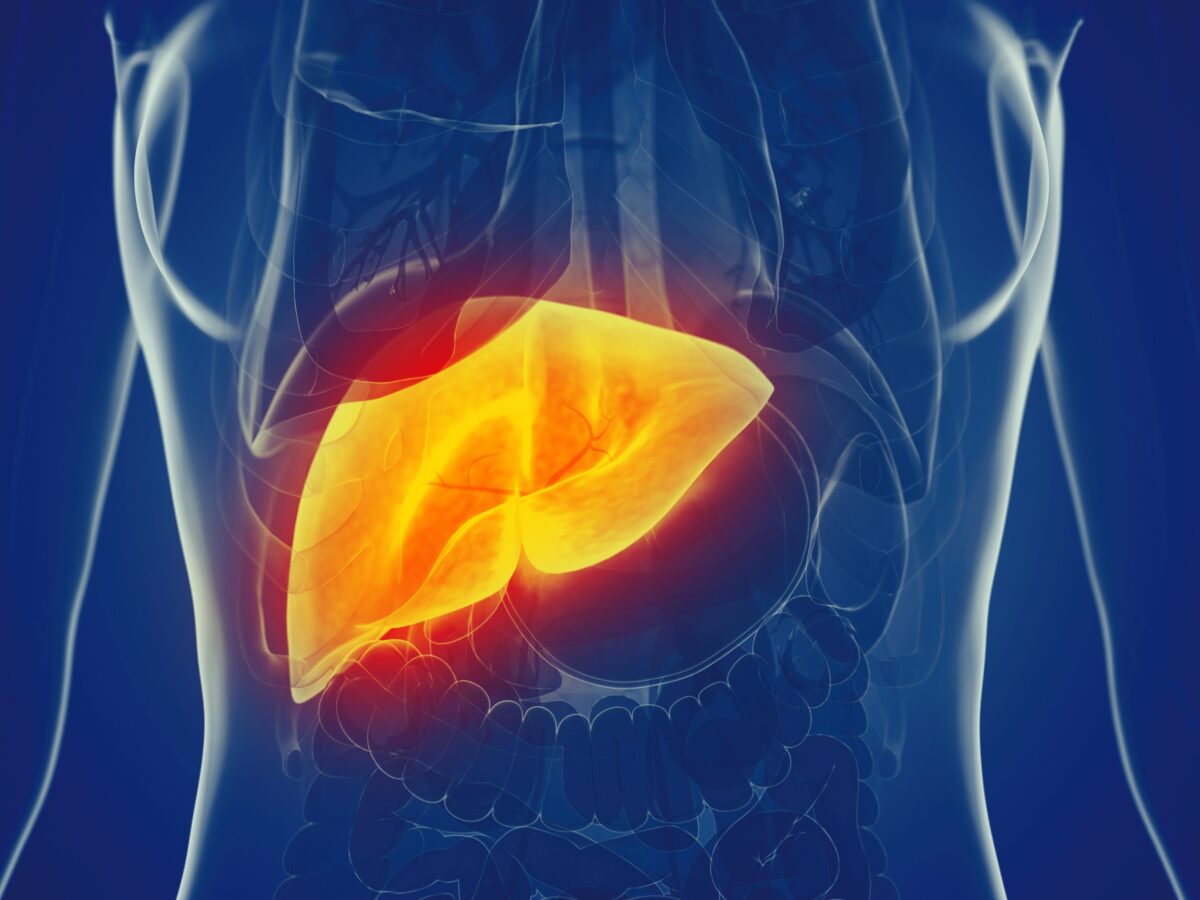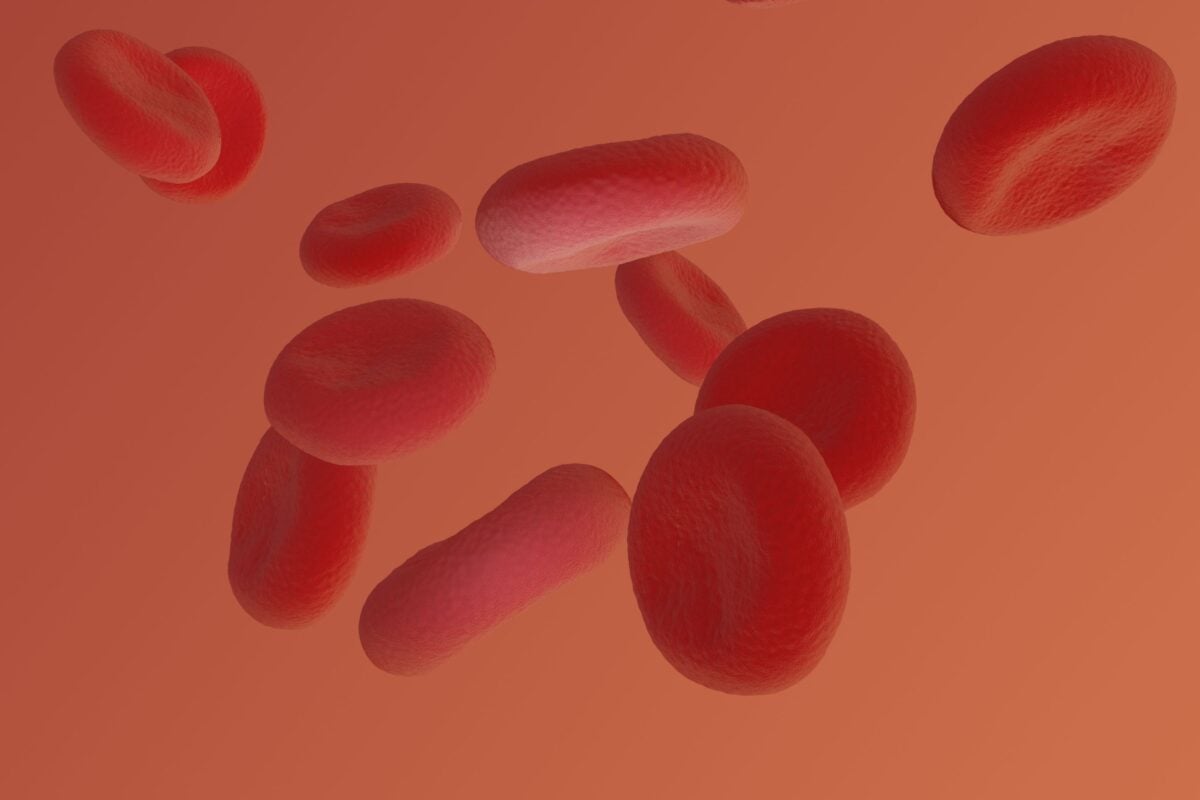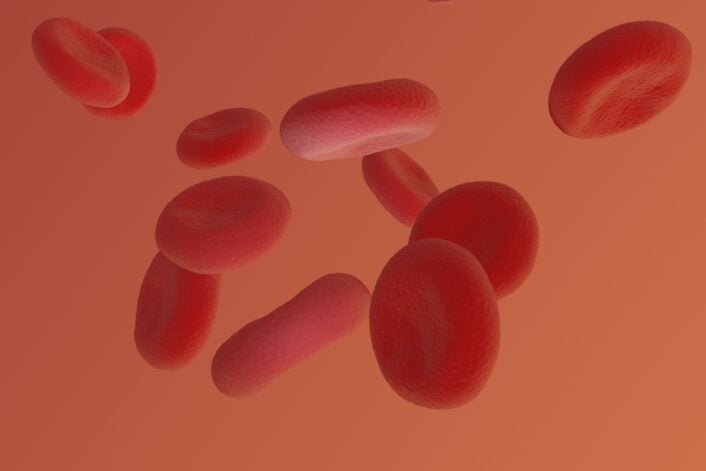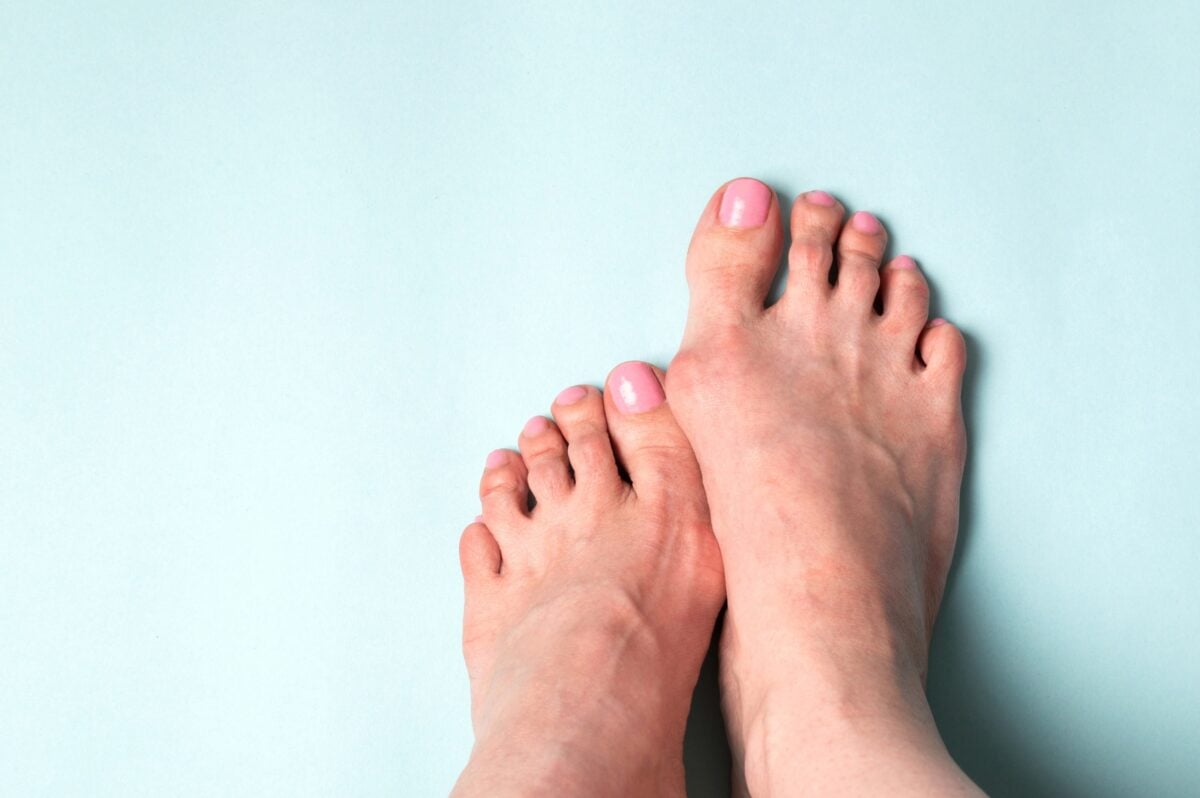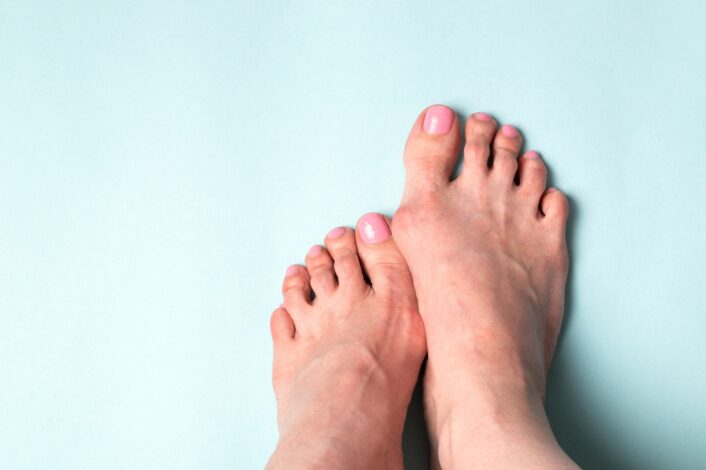Understanding Alanine Aminotransferase (ALT) Levels: Genetic Influences and Implications
Jess
on
September 30, 2024
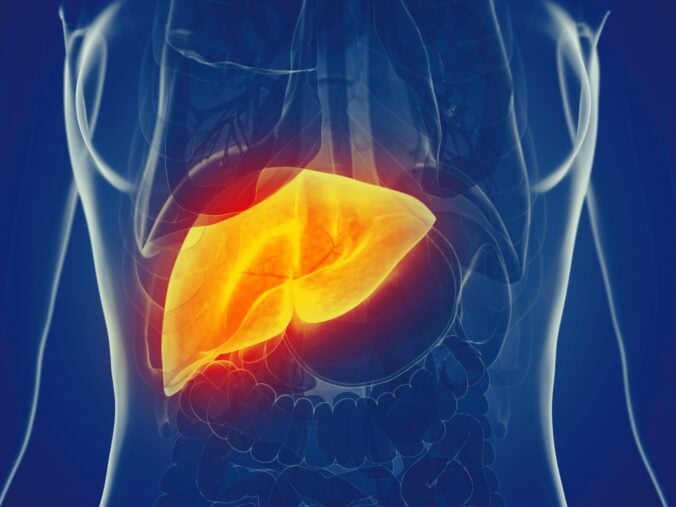
Disclaimer: This article is for informational purposes only and is not intended to diagnose any conditions. LifeDNA does not provide diagnostic services for any conditions mentioned in this or any other article.
One key player in liver function is Alanine Aminotransferase (ALT), a crucial enzyme that helps break down proteins in order to produce energy from food. The levels of this enzyme in your body are influenced readily by your lifestyle choices, but your genetics can also have a role.
What is Alanine Aminotransferase (ALT)?
ALT is an enzyme predominantly found in the liver, though it is also present in smaller amounts in the kidneys, heart, muscles, and pancreas.
It plays a critical role in amino acid metabolism, specifically in the transamination process where it helps convert alanine and α-ketoglutarate into pyruvate and glutamate. This conversion is essential for producing energy and synthesizing key biomolecules.
Alanine Aminotransferase (ALT) is one of the key markers used to assess liver function and detect potential liver damage. ALT levels in the blood are typically low, but when liver cells are damaged due to conditions such as hepatitis, cirrhosis, or liver inflammation, ALT is released into the bloodstream, causing levels to rise.
Elevated ALT levels can indicate liver damage or disease, making it a vital marker in liver function tests. Understanding ALT and monitoring its levels can provide essential insights into liver health, enabling early detection and management of liver-related conditions.
Normal ALT Levels and What They Indicate
Monitoring liver health is crucial, and one of the simplest ways to do this is by measuring ALT levels in the blood. ALT levels are measured in units per liter (U/L) of blood, and normal ranges can vary slightly depending on the laboratory and population. Generally, normal ALT levels are considered to be between 7 and 56 U/L. These levels are indicative of healthy liver function, as ALT is an enzyme primarily found in liver cells.
When ALT levels fall within this normal range, it typically indicates that the liver is functioning properly without significant damage or inflammation. However, it is important to consider that normal ALT levels do not always guarantee the absence of liver disease, as some liver conditions may not elevate ALT levels significantly.
Elevated ALT levels, on the other hand, can indicate liver damage or disease. Conditions such as hepatitis, fatty liver disease, cirrhosis, and liver infections often lead to the release of ALT into the bloodstream, causing increased levels. Mild elevations may be seen with muscle injury or vigorous exercise, but significantly high ALT levels usually point to liver-specific issues. Regular monitoring of ALT levels, especially in individuals at risk for liver diseases, can help in the early detection and management of potential liver problems, promoting better overall health.
How to Test for ALT Levels
Detecting liver health issues early is crucial, and one straightforward method is through testing ALT levels in the blood. Testing for ALT levels can be part of a simple blood test known as a liver function test (LFT) or liver enzyme test. This test measures the concentration of ALT and other liver enzymes in the bloodstream, providing important information about liver health. Here’s a step-by-step overview of how this process works:
- Preparation: Typically, no special preparation is needed for a liver function test. However, patients may be advised to avoid certain medications or foods that could affect liver function and enzyme levels. It’s best to follow any specific instructions provided by the healthcare provider.
- Blood Sample Collection: A healthcare professional will draw a small amount of blood from a vein, usually from the arm. This procedure is quick and relatively painless, involving the insertion of a needle to collect the blood sample into a tube.
- Laboratory Analysis: The collected blood sample is sent to a laboratory for analysis. In the lab, the sample is processed using automated analyzers that measure the ALT and other enzyme levels. The results are typically reported in units per liter (U/L) of blood.
- Interpreting Results: Once the analysis is complete, the results are interpreted by healthcare professionals. Normal ALT levels range from 7 to 56 U/L. Results outside this range may indicate liver damage or disease and warrant further investigation or follow-up testing.
Regular monitoring of ALT levels, especially in individuals at risk for liver diseases, can provide valuable insights into liver health and help guide appropriate medical interventions.
Genetic Influences and Associations of ALT Levels
PNPLA3 Gene
PNPLA3, also known as ‘adiponutrin and Ca2+-independent phospholipase A2 epsilon’ (iPLA2ε), is a protein similar to adipose triglyceride lipase (AGTL), sharing a Ser–Asp catalytic dyad. This protein is found in white adipose tissue, the liver, and adrenal glands, and is located on lipid droplets as well as other parts of the cell. PNPLA3’s activity is influenced by nutritional, hormonal, and pharmacological factors, though in a manner opposite to ATGL.
The exact physiological substrate of PNPLA3 remains unknown. However, it has been shown to hydrolyze triglycerides in laboratory settings, suggesting it may also function as a lipase within the body. Interestingly, overexpression of active PNPLA3 does not significantly affect liver triglyceride levels.
In contrast, the I148M variant of PNPLA3 is linked to fatty liver disease (steatosis) and a large increase in ALT levels in humans. Studies in mice have shown that removing PNPLA3 does not impact body composition, energy balance, liver lipid metabolism, glucose regulation, or insulin sensitivity. This suggests that the PNPLA3 I148M variant may act as a gain-of-function mutation, causing an increase in function that contributes to liver fat accumulation.
TM6SF2 Gene
A recent 2022 study has shown that the degree of triglyceride (TG) accumulation in the liver varies across different races. A genome-wide association study (GWAS) on this cohort identified two key genetic risk factors for the development of nonalcoholic fatty liver disease (NAFLD). The first is the patatin-like phospholipase domain-containing protein 3 (PNPLA3) gene, with the I148M variant (rs738409) being a predominant factor.
The second significant genetic marker is a point mutation (rs58542926, c.499 C>T, P. Glu167Lys, E167K) in the transmembrane 6 superfamily 2 (TM6SF2) gene. This mutation is independently associated with elevated liver TGs, higher circulating levels of alanine aminotransferase (ALT), and lower levels of low-density lipoprotein cholesterol (LDL-C). Subsequent studies have confirmed the link between the TM6SF2 E167K variant and NAFLD.
The minor (T) allele of the E167K, a.k.a SNP rs58542926 is more frequent in East Asians (approximately 34%) and Europeans (approximately 26%), while it is less common in Hispanics/Latinos (approximately 10%) and Africans (6%). Interestingly, the literature also indicates that a greater proportion of lean patients with NAFLD carry the TM6SF2 rs58542926 T-allele compared to obese or overweight NAFLD patients, highlighting its independent role in the disease’s development.
Are ALT and SGPT the Same?
Understanding the different names for liver enzymes can be confusing. Alanine Aminotransferase (ALT) and Serum Glutamate Pyruvate Transaminase (SGPT) are indeed the same enzyme. Both terms refer to the same enzyme that plays a crucial role in amino acid metabolism by catalyzing the conversion of alanine and α-ketoglutarate to pyruvate and glutamate.
Historically, SGPT was the term commonly used in medical literature and laboratory tests to refer to this enzyme. Over time, the nomenclature shifted to ALT, which more accurately describes its function and chemical activity. Despite the name change, the enzyme’s role in assessing liver health remains the same.
In summary, ALT and SGPT are two names for the same enzyme, and both are crucial markers in liver function tests. Understanding this terminology can help clarify medical results and discussions regarding liver health.
Are High ALT Levels Dangerous?
Discovering elevated ALT levels can be concerning. What does this mean for your health? High levels of Alanine Aminotransferase (ALT) in the blood generally indicate liver damage or disease. ALT is an enzyme primarily found in liver cells. When liver cells are damaged, ALT leaks into the bloodstream, resulting in elevated levels.
Several conditions can cause high ALT levels. These include acute and chronic hepatitis, non-alcoholic fatty liver disease (NAFLD), alcohol-related liver disease, cirrhosis, and liver tumors. Viral infections, such as hepatitis B and C, are also common causes of elevated ALT. Additionally, medications that are toxic to the liver, such as acetaminophen overdose, can also lead to increased ALT levels.
While mildly elevated ALT levels might not be immediately dangerous, persistently high levels warrant further investigation to identify the underlying cause. Without proper management, conditions causing elevated ALT can progress to more severe liver damage, including liver failure. Symptoms of significant liver issues include jaundice, abdominal pain, swelling, and confusion.
Early detection and treatment are crucial. If high ALT levels are identified, a healthcare provider may recommend additional tests, lifestyle changes, or medications to address the underlying condition and prevent further liver damage. Monitoring ALT levels regularly can help manage liver health effectively.
You may also like: Genetic Insights into Non-alcoholic Fatty Liver Disease
What are the Symptoms of High ALT Levels?
Elevated ALT levels can signal underlying liver issues. Recognizing the symptoms associated with high ALT can help in early diagnosis and treatment.
High ALT levels often indicate liver damage, but the abundance of the enzyme itself does not cause symptoms. Instead, symptoms arise from the underlying conditions causing the elevated ALT. Here are some common symptoms associated with high ALT levels:
- Fatigue: One of the most prevalent symptoms, chronic fatigue, can result from impaired liver function and the body’s struggle to process toxins effectively.
- Abdominal Pain and Swelling: Pain or discomfort in the upper right side of the abdomen can indicate liver inflammation or enlargement. Swelling (ascites) may also occur due to fluid accumulation.
- Jaundice: This condition, characterized by yellowing of the skin and eyes, results from high bilirubin levels in the blood due to impaired liver function.
- Dark Urine: When the liver is not functioning properly, bilirubin can cause the urine to appear dark.
- Pale Stools: Impaired bile production or flow can result in pale or clay-colored stools, indicating liver or bile duct problems.
- Nausea and Vomiting: Liver issues can disrupt digestion, leading to frequent nausea and vomiting.
- Loss of Appetite: Reduced liver function can affect appetite and lead to unintentional weight loss.
- Bruising and Bleeding Easily: The liver produces proteins essential for blood clotting. Liver damage can result in a reduced ability to clot blood, leading to easy bruising and bleeding.
- Itchy Skin: Accumulation of bile salts in the skin due to liver dysfunction can cause intense itching.
- Swollen Legs and Ankles: Poor liver function can lead to fluid retention in the legs and ankles (edema).
These symptoms can vary in severity and may develop gradually. If high ALT levels are detected alongside these symptoms, it’s essential to seek medical evaluation to determine the underlying cause and initiate appropriate treatment. Early intervention can help manage liver health and prevent further complications.
Lifestyle Modifications to Manage ALT Levels
Maintaining healthy ALT levels is crucial for liver health. Here are some effective lifestyle changes to help manage ALT levels.
Maintain a Healthy Diet
A balanced diet rich in fruits, vegetables, whole grains, lean proteins, and healthy fats supports liver function and can help manage ALT levels. Avoiding processed foods, excessive sugar, and saturated fats can reduce liver strain.
Stay Hydrated
Adequate hydration supports overall health, including liver function. Drinking plenty of water helps flush toxins from the body, potentially reducing ALT levels.
Exercise Regularly
Engaging in regular physical activity can help reduce fatty liver disease and improve liver health. Aim for at least 150 minutes of moderate-intensity exercise per week, such as brisk walking, swimming, or cycling.
Limit Alcohol Consumption
Alcohol is a significant contributor to liver damage. Reducing or eliminating alcohol intake can significantly lower ALT levels. For those who consume alcohol, moderation is key—generally, up to one drink per day for women and up to two drinks per day for men.
Avoid Tobacco and Recreational Drugs
Smoking and using recreational drugs can harm the liver. Quitting smoking and avoiding drug use can help maintain healthy ALT levels and overall liver function.
Manage Weight
Obesity is a major risk factor for liver disease. Maintaining a healthy weight through diet and exercise can help manage and reduce ALT levels. Weight loss, even as little as 5-10% of body weight, can improve liver enzyme levels.
Monitor Medications
Certain medications can affect liver function and ALT levels. Always follow prescribed dosages and discuss any over-the-counter drugs or supplements with a healthcare provider. Avoiding unnecessary medications can reduce liver strain.
Reduce Stress
Chronic stress can negatively impact liver health. Incorporating stress-reducing practices such as yoga, meditation, deep breathing exercises, and mindfulness can support overall well-being and liver function.
Get Regular Health Check-ups
Regular medical check-ups can help monitor liver health and ALT levels. Early detection of liver issues allows for timely intervention and management.
Avoid Exposure to Toxins
Minimize exposure to environmental toxins such as pesticides, chemicals, and pollutants that can affect liver health. Using protective equipment and ensuring proper ventilation when handling toxic substances can help protect the liver.
Eat Foods Rich in Antioxidants
Foods high in antioxidants, such as berries, nuts, and green leafy vegetables, can help protect the liver from oxidative stress and inflammation. Antioxidants support the liver’s detoxification processes.
Consider Liver-Friendly Supplements
Certain supplements may support liver health, such as milk thistle, turmeric, and omega-3 fatty acids. However, it is essential to consult with a healthcare provider before starting any supplements to ensure they are safe and appropriate for individual health needs.
Consume Moderate Amounts of Coffee
Some studies suggest that moderate coffee consumption may have protective effects on the liver and help lower ALT levels. Aim for 2-3 cups of coffee per day, but avoid adding excessive sugar or cream.
By adopting these lifestyle modifications, individuals can effectively manage their ALT levels, support liver health, and reduce the risk of liver-related diseases. Making these changes not only benefits liver function but also contributes to overall well-being and longevity.
LifeDNA’s Wellness Report
Unlock the secrets of your genetic blueprint with LifeDNA’s Wellness Report, a scientifically backed and comprehensive analysis designed to help you understand your body’s unique needs. This invaluable resource delves into how your genetics influence your daily habits, lifestyle, and predispositions, offering personalized insights to guide you on your wellness journey.
LifeDNA’s DNA Trait Reports feature seven main categories, including over 200 individual trait reports. Additional main reports are the Nutrition Report, Sleep Report, Vitamins and Supplements Report, Fitness Report, Personality and Cognition Report, and Skincare Report, which ensure you receive a holistic view of your genetic profile. Additionally, premium reports such as the Age-Related Report, Methylation Genes Report, and Detoxification Genes Report, provide deeper insights into specific health aspects.
Imagine tailoring your wellness plan based on your genetic predispositions. Whether optimizing your nutrition, enhancing your fitness routine, or understanding your sleep patterns, LifeDNA’s Reports offer the clarity you need to make informed decisions.
Ready to start your wellness journey? Avail of LifeDNA’s plans today and empower yourself with the knowledge to live your healthiest life. Don’t just follow generic advice—discover what truly works for you based on your unique genetic makeup. Start understanding your body better with LifeDNA’s Wellness Report and take the first step towards a more personalized and effective approach to health and wellness.
References
- https://emedicine.medscape.com/article/2087247-overview?form=fpf
- https://www.webmd.com/digestive-disorders/alanine-aminotransferase-test
- https://www.healthline.com/health/alt#results
- https://www.sciencedirect.com/topics/medicine-and-dentistry/pnpla3
- https://www.yashodahospitals.com/diagnostics/sgpt-test/
- https://www.healthline.com/health/how-to-lower-alt
- https://my.clevelandclinic.org/health/symptoms/17679-elevated-liver-enzymes
